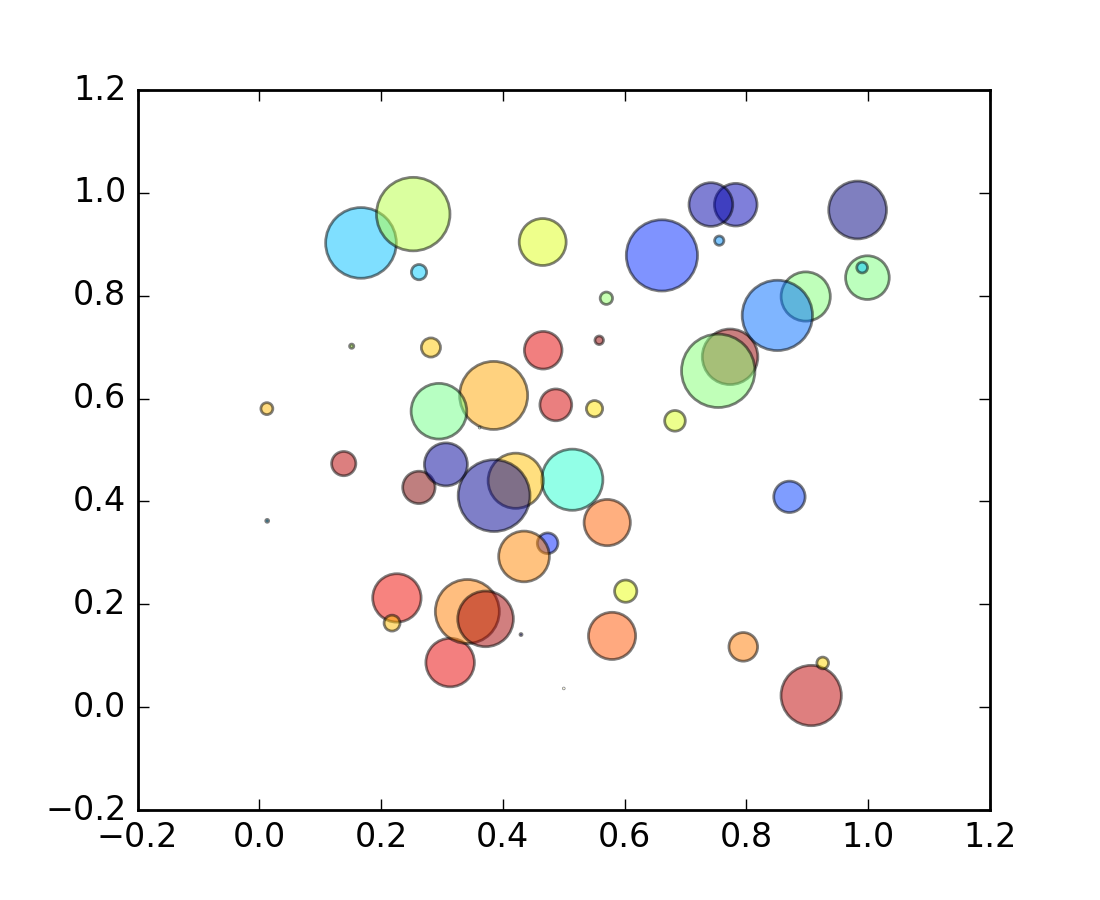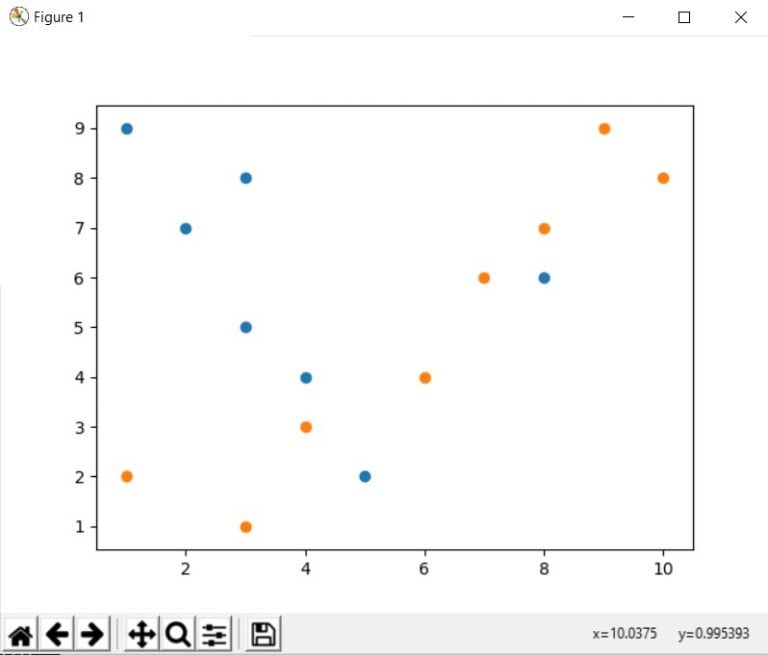
- COLOR CODED SCATTER PLOT MATPLOTLIB HOW TO
- COLOR CODED SCATTER PLOT MATPLOTLIB CODE
- COLOR CODED SCATTER PLOT MATPLOTLIB FREE
For this, we can use the following parameters: Pandas makes it easy to add titles and axis labels to your scatter plot. This returns the following image: Changing the color of a Pandas scatter plot Add Titles to your Pandas Scatter Plot Let’s see how we can use the color 'cornflowerblue' in our scatter plot points: # Changing the color of our scatter plot We can do this using the c= parameter, which allows you to pass in the name of a color or a hex value. Pandas makes it easy to customize the color of the dots in your plot. This generates the following image: Creating a simple scatter plot in Pandas Customize Colors in a Scatter Plot in Pandas plot() function: # Creating your first scatter chart in Pandas Let’s see how we can create our first Pandas scatter plot using the. We’ll be exploring these parameters throughout the tutorial. There are many more parameters in the function, but these represent most of the key parameters to be aware of.
COLOR CODED SCATTER PLOT MATPLOTLIB HOW TO
S=None # How to size dots (single number or column)

Ylabel=None # What the y-axis label should be Xlabel=None, # What the x-axis label should be plot() function looks like: # The Pandas Plot Function Because Pandas borrows many things from Matplotlib, the syntax will feel quite familiar. This function allows you to pass in x and y parameters, as well as the kind of a plot we want to create.

To make a scatter plot in Pandas, we can apply the. read_csv() function to load the dataset and explored the first five rows with the Pandas.
COLOR CODED SCATTER PLOT MATPLOTLIB CODE
In the code above, we imported both Pandas and the pyplot library.
COLOR CODED SCATTER PLOT MATPLOTLIB FREE
Feel free to use your own data, though your results will of course look different. To follow along with this tutorial line-by-line, I have provided a sample dataset that you can load into a Pandas DataFrame.



 0 kommentar(er)
0 kommentar(er)
